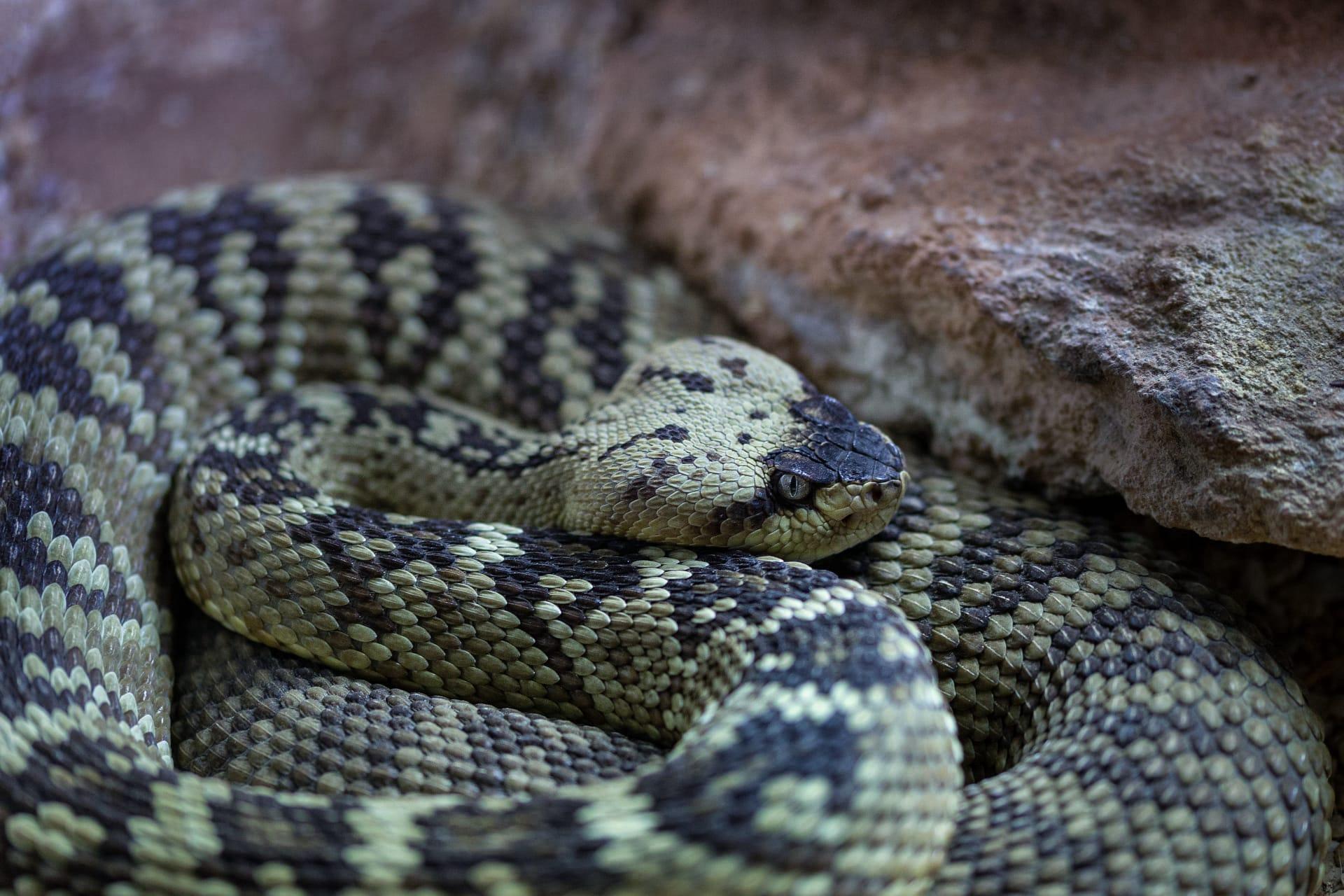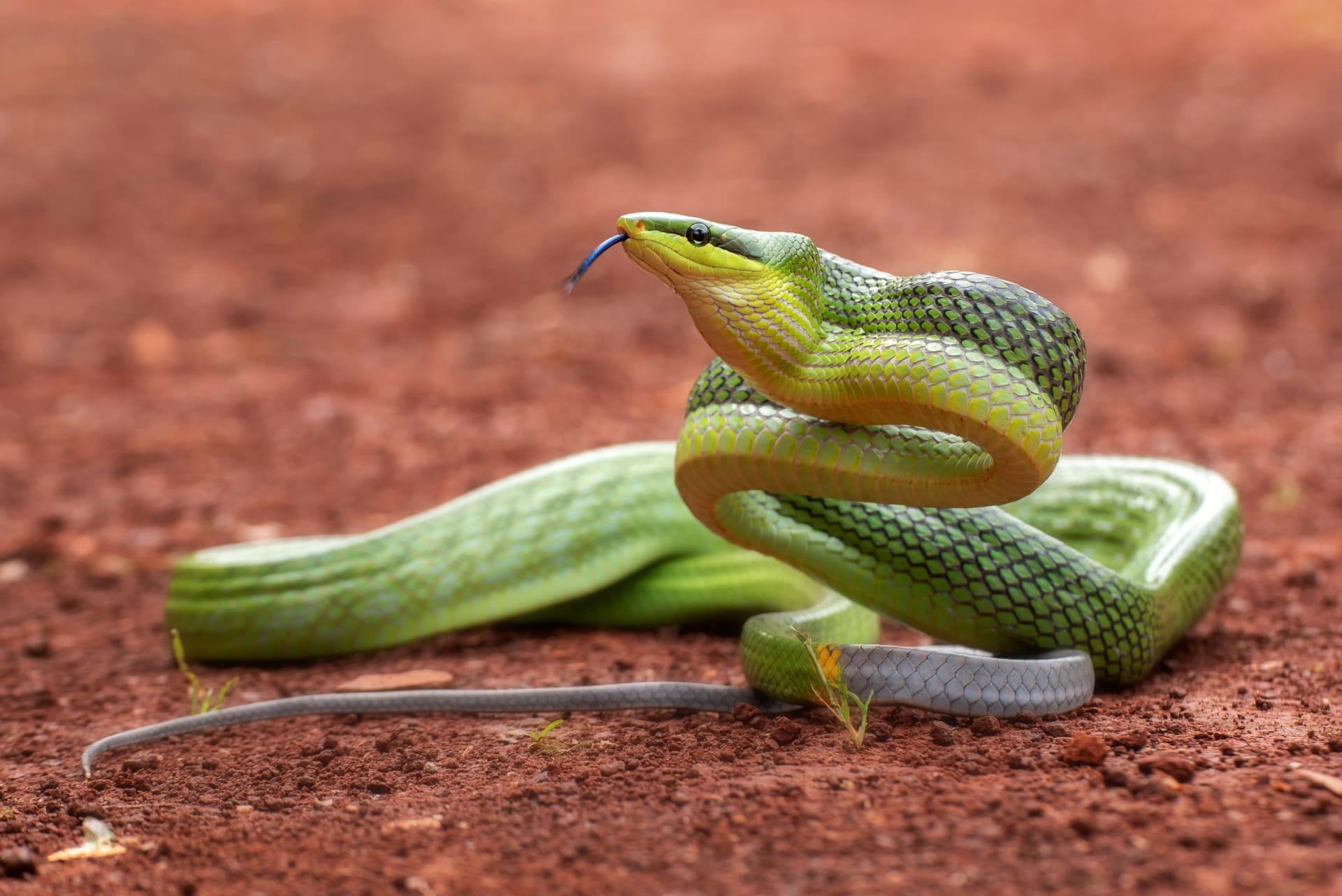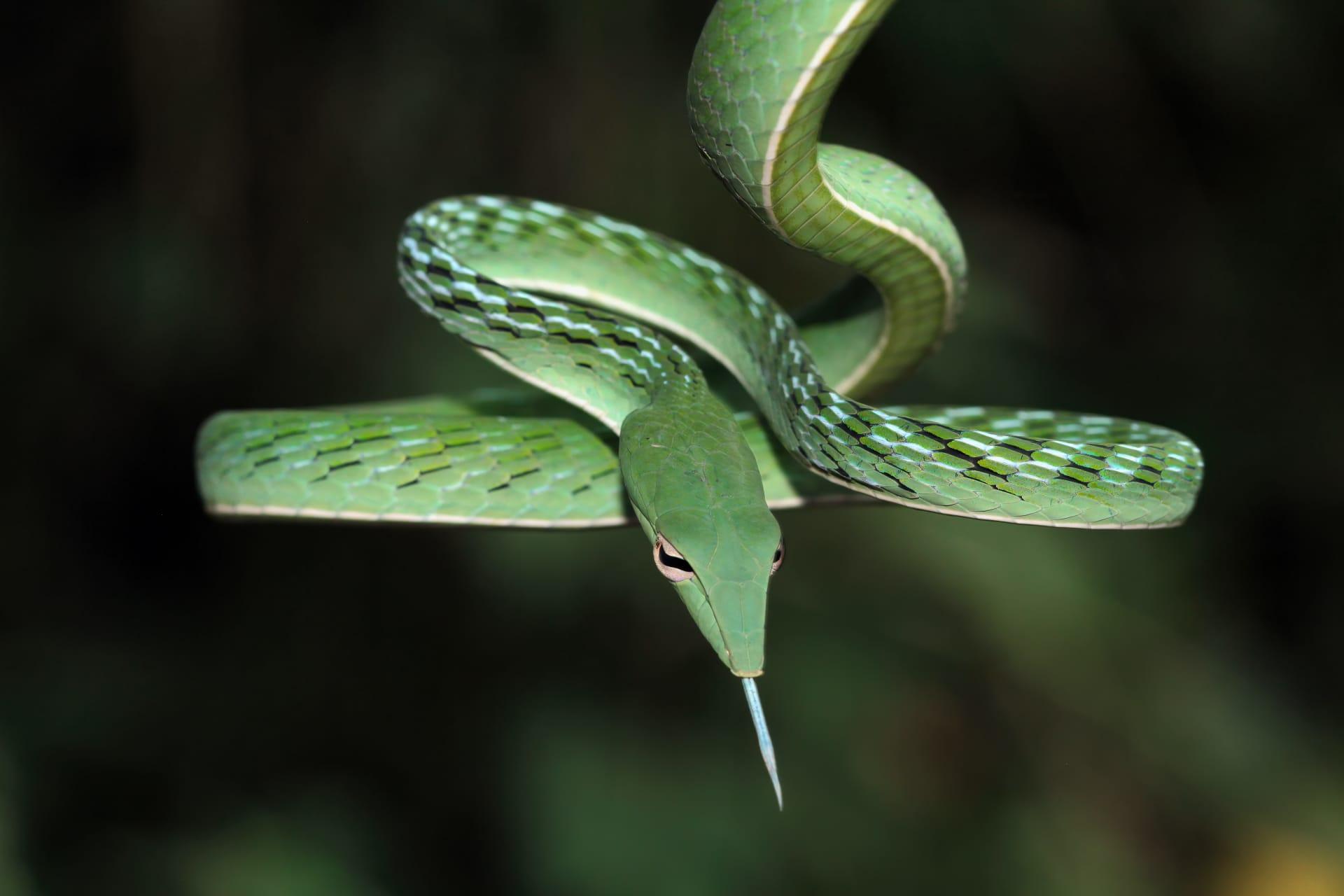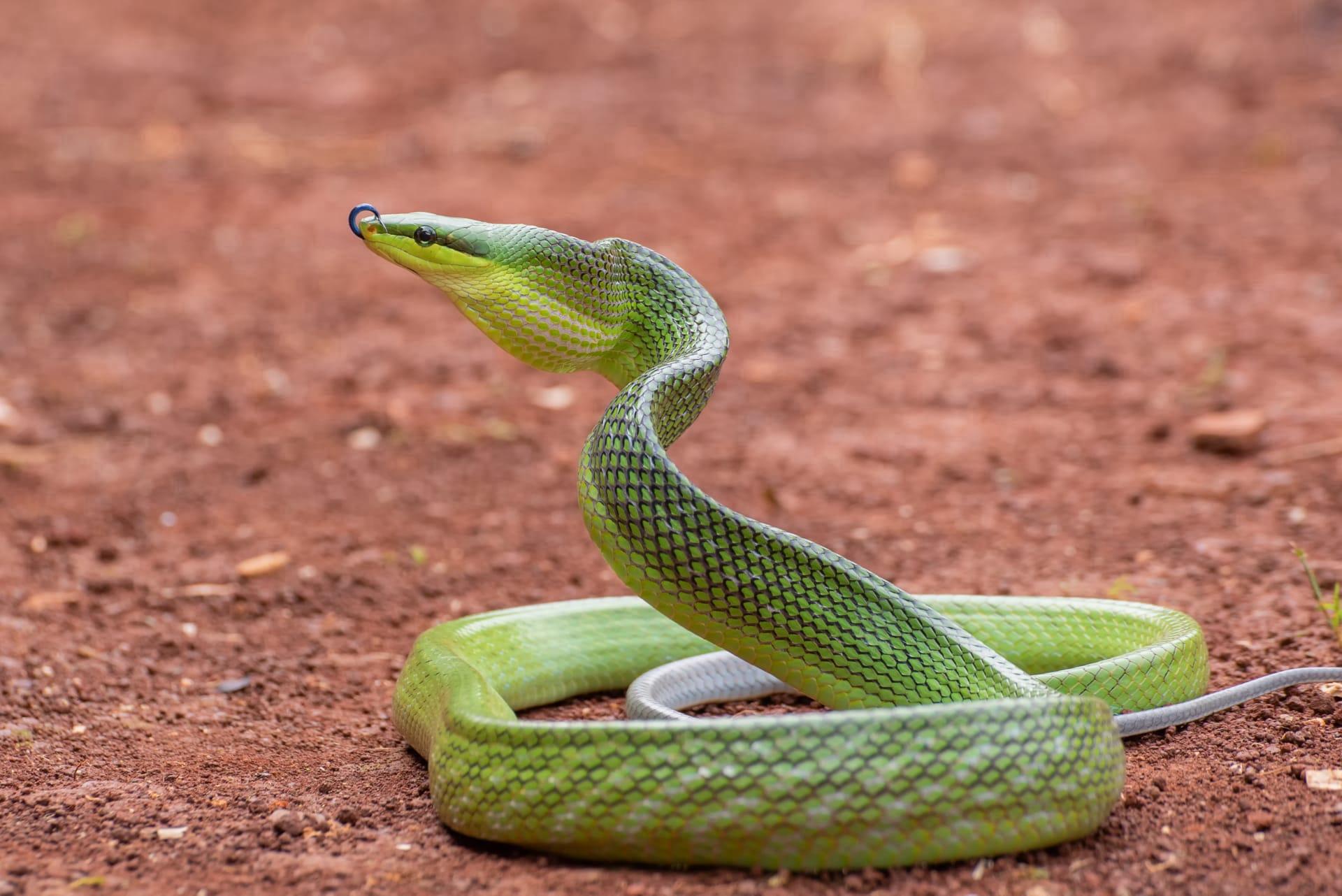1
Pit vipers, a group of venomous snakes, possess an extraordinary hunting tool: heat-sensing pits. Located between their eyes and nostrils, these pits are essentially infrared detectors, sensitive enough to detect temperature changes of just 0.003 degrees Celsius. This remarkable adaptation allows pit vipers to accurately strike their prey, even in total darkness. They can sense the body heat of small mammals, like rodents, which form a significant part of their diet. This capability is not just a passive sensory experience; it's an active part of their hunting strategy, enabling them to strike with precision.
Another intriguing aspect of pit vipers is their venom, which is a complex cocktail of proteins and enzymes. Each species has a unique composition of venom, tailored to their specific hunting and digestive needs. The venom of a pit viper isn't just toxic; it's a sophisticated substance that can cause various effects, from immobilizing prey to initiating the digestive process. For instance, the venom of the rattlesnake, a type of pit viper, contains components that prevent blood from clotting. This causes the prey's blood pressure to drop rapidly, immobilizing it and making it easier for the snake to ingest.

2
The diversity among pit vipers is staggering. With over 150 species, they exhibit a wide range of sizes and colors. The smallest pit viper, the hump-nosed viper (Hypnale hypnale), measures just about 30 centimeters (12 inches) in length, whereas the largest, the bushmaster (Lachesis muta), can grow up to 3 meters (almost 10 feet). This size variation reflects their adaptability to different environments, from rainforests to deserts. Their coloration, too, is not just for show; it serves as essential camouflage, aiding them in ambushing prey.
Reproduction in pit vipers is another area of fascination. Many species exhibit a reproductive strategy known as viviparity, where they give birth to live young instead of laying eggs. This method has its advantages, as it allows the mother to regulate the temperature of her developing offspring, crucial for their survival. For example, the female timber rattlesnake can carry her young for about 150 days before giving birth to a litter of 5 to 14 young. This extended period of gestation allows the young snakes to develop fully, emerging as miniatures of the adults, equipped with venom and hunting instincts.

3
The sensory abilities of pit vipers extend beyond their heat-sensing pits. They also have excellent night vision, thanks to a high number of rod cells in their eyes, which are sensitive to low light levels. This adaptation complements their nocturnal lifestyle, as it allows them to navigate and hunt effectively under the cover of darkness. Moreover, their eyes can detect ultraviolet (UV) light, which is invisible to humans. This ability may help them in tracking the urine trails of small mammals, which reflect UV light, thus aiding in hunting.
Another remarkable feature of pit vipers is their long, hinged fangs. When not in use, these fangs fold back against the roof of the mouth. During a strike, they spring forward to deliver venom. The length and flexibility of these fangs are crucial for effective venom delivery. For instance, the Gaboon viper, one of the pit vipers, has the longest fangs of any snake, measuring up to 5 centimeters (2 inches). These long fangs ensure that their venom is injected deeply into their prey, increasing the effectiveness of the bite.

4
Communication among pit vipers is not just limited to hissing or rattling. These snakes also use pheromones for various purposes. Pheromones are chemical signals that can convey information about sex, age, stress, and reproductive status. For instance, during mating seasons, female pit vipers release pheromones to attract males. These chemical cues are so potent that males can detect them from long distances, leading them to potential mates. This form of communication is crucial for species like the copperhead, where males may engage in ritualistic combat dances to win over a female.
Pit vipers also demonstrate a unique survival strategy known as caudal luring. Some species, particularly the younger ones, wiggle their tail tips to mimic worms or other prey. This luring behavior attracts frogs or lizards, which are then swiftly captured by the snake. This tactic is particularly effective in species like the cottonmouth, which often hunts near water bodies. The juvenile cottonmouth's tail tip is a bright yellow color, making it an irresistible lure for unsuspecting prey.

5
The lifespan of pit vipers varies significantly across species, with some living more than 20 years in the wild. Factors influencing their lifespan include habitat conditions, availability of food, and predation pressures. For example, the eastern diamondback rattlesnake, one of the longest-living pit vipers, can live up to 20 years or more. Their longevity is partly due to their large size, which reduces the number of natural predators they face.
Finally, pit vipers play a critical role in their ecosystems as both predators and prey. As predators, they help control the populations of small mammals and other creatures, which can be beneficial in reducing the spread of diseases and maintaining ecological balance. As prey, they provide food for larger animals like birds of prey and mammals. Their presence in an ecosystem is a sign of environmental health, indicating a balanced and functioning ecosystem. This underscores the importance of conserving pit viper habitats and understanding their ecological role.